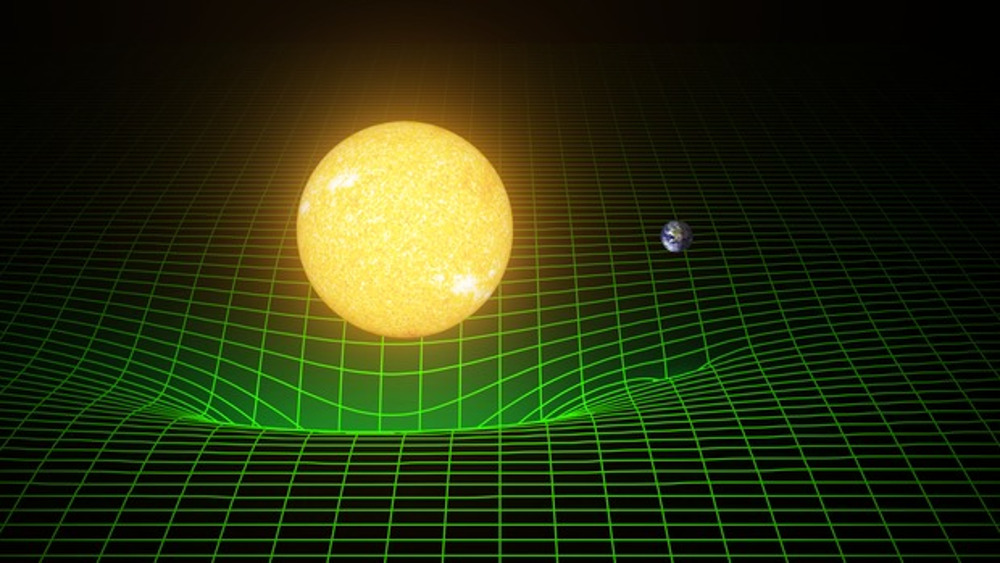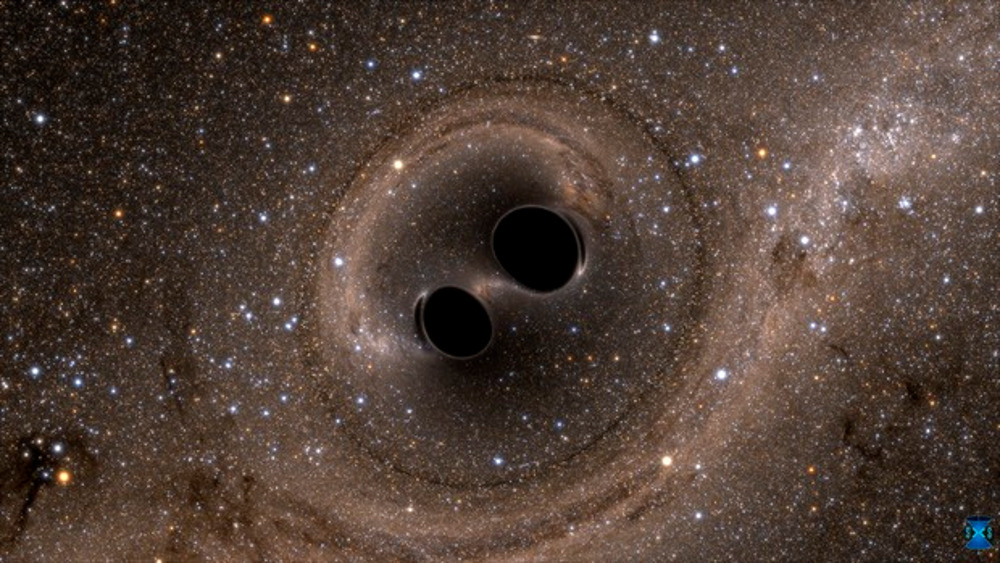As of Feb. 11, the head of Drexel University’s Physics Department, Stephen McMillan, has officially helped facilitate one of the biggest scientific breakthroughs in decades. On this day the Laser Interferometer Gravitational-Wave Observatory published a paper confirming a discovery 1.3 billion years in the making: the first detection of gravitational waves. A paper that McMillan co-wrote in 2000 regarding the frequency of black hole collisions was among those cited by LIGO in this monumental publication.
LIGO was founded in 1992 with the mission of using laser interferometry to detect gravitational waves. LIGO possesses two detectors in the United States, each of which span multiple kilometers. The responsibilities for operating the equipment are shared by the California Institute of Technology and the Massachusetts Institute of Technology, but researchers involved in the project hail from over 80 institutions from around the world.
“Ever since the first plans were announced to build gravitational wave detectors, people like me have been trying to predict what sorts of things they would see,” McMillan said.
The concept of gravitational waves was first proposed by Albert Einstein as a component of his general theory of relativity. His theory was that when two massive objects collide, the collision produces a sort of ripple through space-time. These ripples, which were purely theoretical before LIGO’s discovery, are gravitational waves.
“Einstein wrote down a set of equations that describe waves in his theory, and he predicted that the waves should exist,” McMillan explained.
In order for these waves to even occur, two extremely massive objects must collide. In the case of LIGO’s observation of gravitational waves, those two objects were black holes that merged approximately 1.3 billion years ago. In order to measure these types of waves, though, one must have a general idea about how often they are going to occur. In this aspect of the experiment, McMillan’s work played an essential role.
In 2000, McMillan co-authored a research paper with long-time colleague Simon F. Portegies Zwart in the Astrophysical Journal Letters titled “Black Hole Mergers in the Universe.” This paper was cited by LIGO in their Feb. 11 publication announcing the discovery.
In the paper written by McMillan and his colleagues, they devised a key calculation that proved to be useful. “We tried to do a calculation of … how often black hole binaries were formed, how long it should take for them to merge, and if you do that calculation for enough different clusters in the universe … you can begin to put that together and make a prediction of how many of these things would occur close enough and frequently enough for LIGO to be able to see them,” McMillan explained about the cited research.

Even with an estimate of when these gravitational waves could be detected, the matter remained of how they could be detected. Despite being the products of very notable collisions, these waves are incredibly small. Einstein himself was fairly certain they could never be detected by instrumentation.
“The detector itself is a fairly major feat of engineering. To be able to detect motion that is smaller than an atomic nucleus is a remarkable thing … A lot of miracles had to happen for the detector to work,” McMillan said.
McMillan explained the significance of LIGO’s discovery of gravitational waves by saying, “LIGO didn’t just demonstrate the existence of gravitational waves, I think it also demonstrated that there really are massive black hole binaries in the universe and that they really do merge on a reasonable time scale.”

“This is a whole new window in the universe,” he enthused. “If the other windows are any guide, then you can expect completely unexpected things.”
McMillan proposed the researchers at LIGO may encounter gravitational waves originating from the Big Bang, which is as of now a theoretical event that is speculated to have been the starting point for the universe. Whether or not LIGO’s detector will be able to answer humanity’s oldest question, he couldn’t say, but McMillan did suggest that LIGO will certainly be creating another channel through which scientists can observe the universe.
“They’re expecting to see gravitational waves from other types of stars…now that they have a detection, I think you’re going to see a lot of effort being expanded into new detectors and new technology,” McMillan said.
There is no telling what lies ahead in LIGO’s continued pursuit of astrophysical knowledge. All that is known for certain is that this discovery will go down in history as a major breakthrough in the scientific community’s understanding of space-time. Thanks to the stellar work of Steve McMillan, Drexel University was able to be a part of it.


